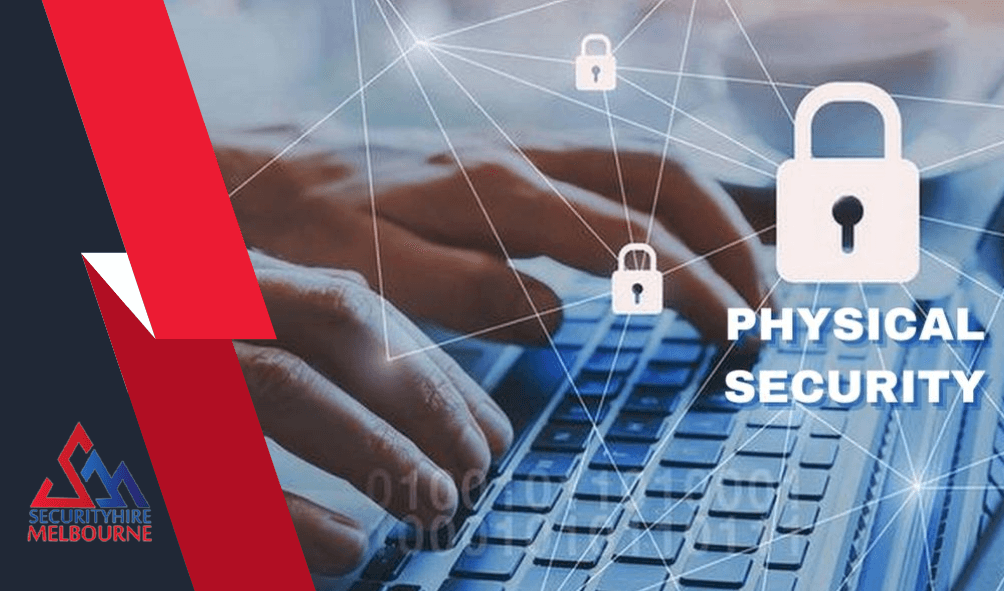Although many businesses today are starting to realize the cyber risks posed by malware and phishing, physical security should never be forgotten. Antivirus will not stop a physical attack. Without the right protection measures in place, your business is left vulnerable to physical security threats. Read on to learn about the most common physical security risks many companies face, and how to protect yourself against them.
Physical Security Threat #1: Tailgating
Many workspaces are secured with some kind of access control, whether a swipe-card access point or a locked door. Unfortunately, these security measures are easily overcome by an attacker. This is called tailgating, which is when an unauthorized person follows an authorized person to get inside a secure area. This happens as multiple people pass through doors, and only the person in front has access.
Tailgating can be limited with the right physical security measures. You can get anti-tailgating doors, provide physical security training to your employees, or hire a security guard to man crucial entrances and exits. These professionals can ensure that only authorized personnel has access to designated areas.
Physical Security Threat #2: Documents Theft
Your office will likely have documents and papers lying around in places like desks and printer stations. Sensitive documents can easily be unaccounted for and fall into the wrong hands. Even when these documents are not physically taken out of the office, a visitor can still see information that they should not see.
One of the best ways to prevent theft or accidental revelation of papers and sensitive information is to promote a clear-desk policy. You can also institute access control to prevent unaccounted guests from entering the workplace. A hired security guard can help you check on these policies.
Physical Security Threat #3: Unaccounted Visitors
If you do not know who was or is in your workplace at a given time, it becomes impossible to keep a high level of physical security and ensure the safety of your customers and employees. Unaccounted visitors and guests potentially pose a serious risk, since you will not be able to know if they were present should an incident occurs.
Access control with ID doors or swipe card access is important for business security. Also, supply your visitors with passes so you will know if a person on your premises is actually authorized to be there. A security guard can help with all these and even keep a log of entry to verify later if a person in question is in your workspace.
Physical Security Threat #4: Stolen Identification
Access control will only work if everyone uses their own identification. But if people are going in and out of your building using the identification of someone else, then the result would be pretty much like there is no access control at all. These uninvited guests can wreak havoc in your business and compromise sensitive information.
Hiring a security guard can spare you the threat of having attackers steal information and gain access to your workplace. Aside from this, it is also important to educate your employees on the importance of protecting their access cards and IDs, and avoid lending or sharing each other their cards.
Physical Security Threat #5: Social Engineering
Social engineering attacks come in various forms, making them harder to combat compared to other physical security threats. These attacks rely on manipulating employees using information the attackers have gained to impersonate someone else. They can also use human empathy to gain access to secure networks and areas.
There is no easy way to overcome all threats of social engineering, but one step you can do is to make a physical security risk assessment and see how someone can get through the protections in place. A security guard understands the risks this threat can impose and be more alert to any suspicious contacts or activities.

